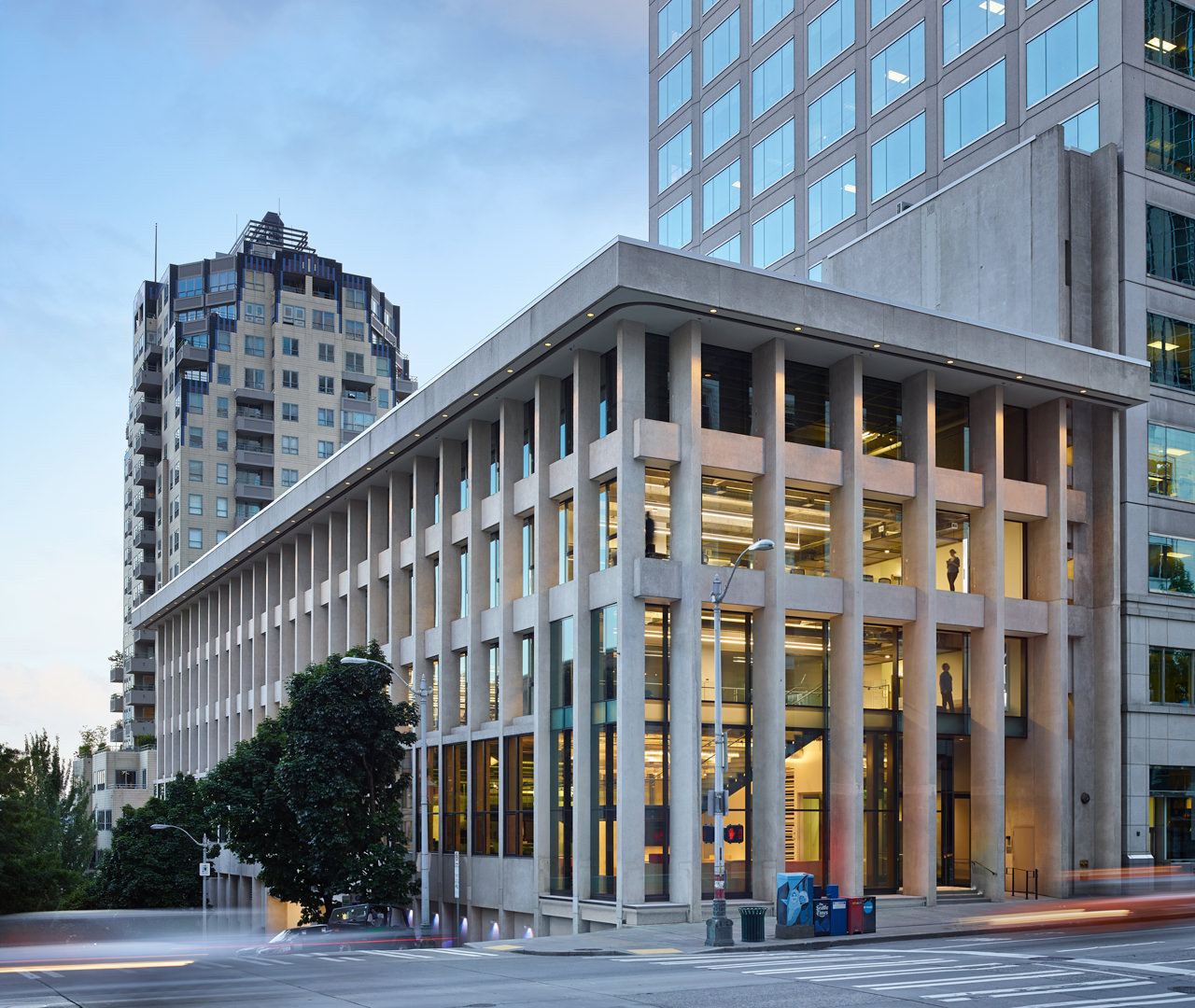The Washington Clean Buildings Performance Standard (CBPS; AKA HB-1257) requires that all buildings over 50,000 square feet either meet energy usage targets or satisfy investment criteria for efficiency upgrades. To start, this is needed by June of 2026 for buildings greater than 220,000 square feet.
| Building Size | Compliance Date |
|---|---|
| Larger than 220,000 Square Feet | June 1, 2026 |
| Between 90,000 and 220,000 Square Feet | June 1, 2027 |
| Between 50,000 and 90,000 Square Feet | June 1, 2028 |
Evaluate Baseline Usage
The best starting point isn’t always diving into the details of compliance, as it can potentially be overwhelming.
Buildings, especially those with critical functions that remained running during the COVID-19 pandemic, or older facilities, may be using far more energy than they should be due to equipment and operating conditions. For example, during the pandemic many educational facilities updated HVAC equipment to operate 24/7 at maximum ventilation rates to help keep teachers and students as safe as possible, which had the unfortunate impact of significantly increasing energy usage. In addition, older buildings have often gone through years of maintenance to fix broken pieces or address comfort complaints. How sure are you that your facilities critical set points are currently accurate? This is a direct impact to your building’s energy performance.
Running an internal or external building tune-up project can be an efficient way to verify your baseline energy data is correct, which in turn lays the foundation for more informed planning decisions. Tune-ups can often be almost fully funded through utility providers and have incredibly short return periods compared to other service options. A tune-up will gather information related to how your building originally operated (schedules, set points, damper positions) and compare it to how the building is currently operating, to identify and correct any apparent discrepancies.
Unique Approaches Work Best
With accurate baseline usage information in-hand, you can start plotting the course for compliance across all of your buildings. While it can often be easier to try a ‘one-size-fits-all’ approach, it is more cost-effective and impactful long-term to customize the approach for every building. This will also better leverage grant and utility incentive information. Some critical questions to ask about your buildings:
- Who are the primary (Electric/Natural Gas) utility providers? What incentive programs do they have available?
- Are any of the buildings slated to be replaced around the timeline of compliance or a few years following the compliance date?
- Do we have any campuses, and how are they metered (every building vs. one aggregate meter)?
- What is our O&M team’s capabilities to help?
With the answers above, you can start to assemble a plan specific to each facility. For example, maybe Building A is close to its energy target and doesn’t have many incentives available, so you can focus your O&M and/or resource conservation staff’s time there to bring the building into compliance; but Building B is significantly over target so the plan will include leveraging utility grants for specific HVAC upgrades to support. Having a unique plan for every one of your buildings is critical to managing the compliance process, both from a scheduling and a cost perspective.
Prioritize
There are many factors that come into play when prioritizing what to do and which buildings to focus on. The compliance date is a very important underlying factor, but some other key factors include application timeline for available incentives, potential fines for noncompliance, other capital projects initiatives currently underway, and staffing capabilities. It’s impossible to do everything at once, especially across a large portfolio of buildings. Prioritizing allows you break the CBPS compliance pathway into manageable and achievable pieces you can work towards.
The Planning Deliverable
When we work with clients to complete the compliance deliverable, the result is a planning matrix. One axis lists all the client’s buildings, along with key information like the energy usage baseline, size, and compliance date. The other axis lists different potential compliance scopes and schedules. This creates an actionable plan that details what your approach is for every building, exactly when it needs to happen, and what internal/external resources you may need to leverage to achieve CBPS compliance in advance of the deadline. It also details when and how to leverage utility incentives or other grants, including where to find the application and when it needs to be filed to obtain approved funding a in accordance when the related project is scheduled to start.
Summary
Planning for CBPS compliance across a large portfolio of buildings can be a challenging task. Creating unique and prioritized work scopes is critical to work towards and obtain compliance. To learn more, and scope if Performance Validation can use utility incentives to help provide low/no-cost solutions for you, reach out today!

